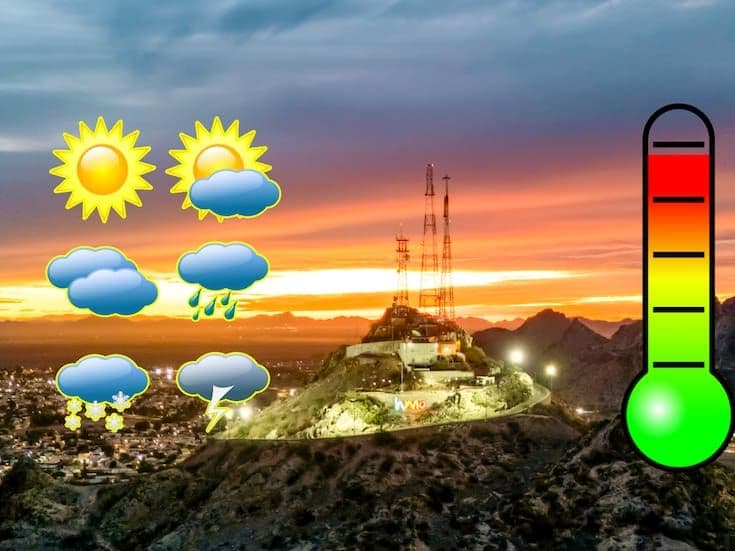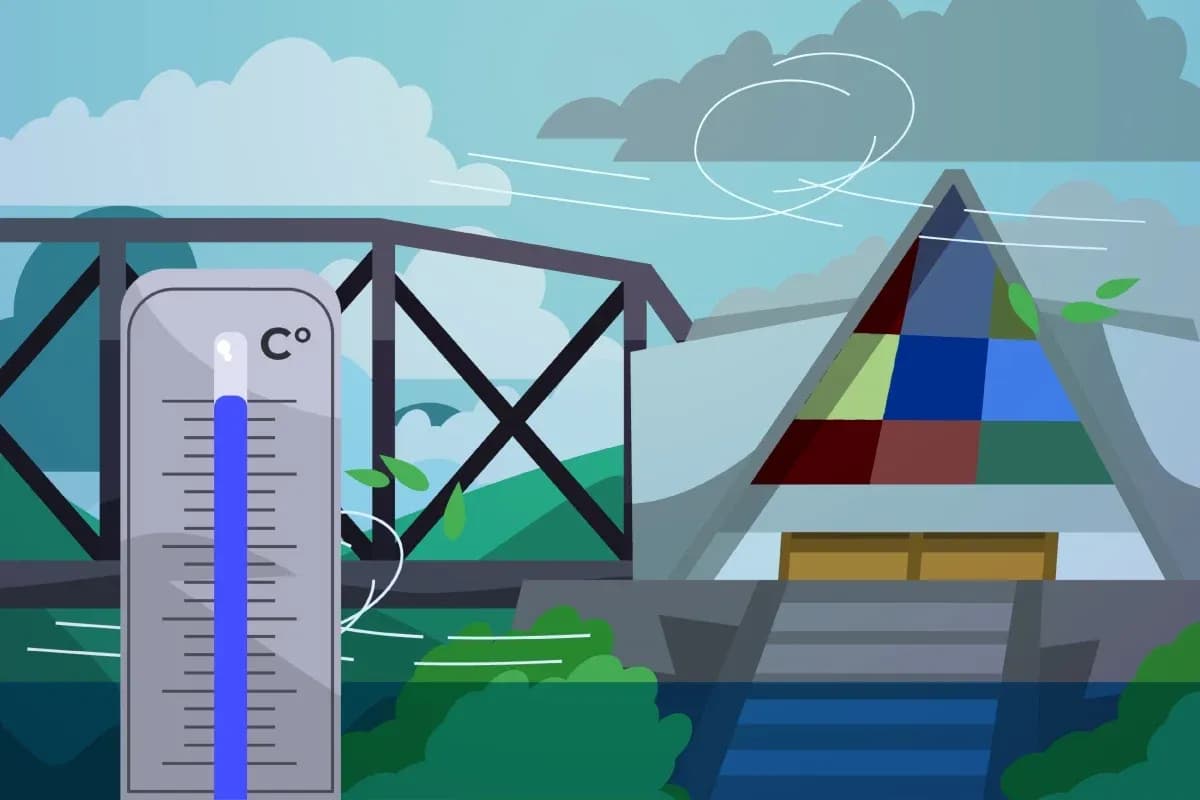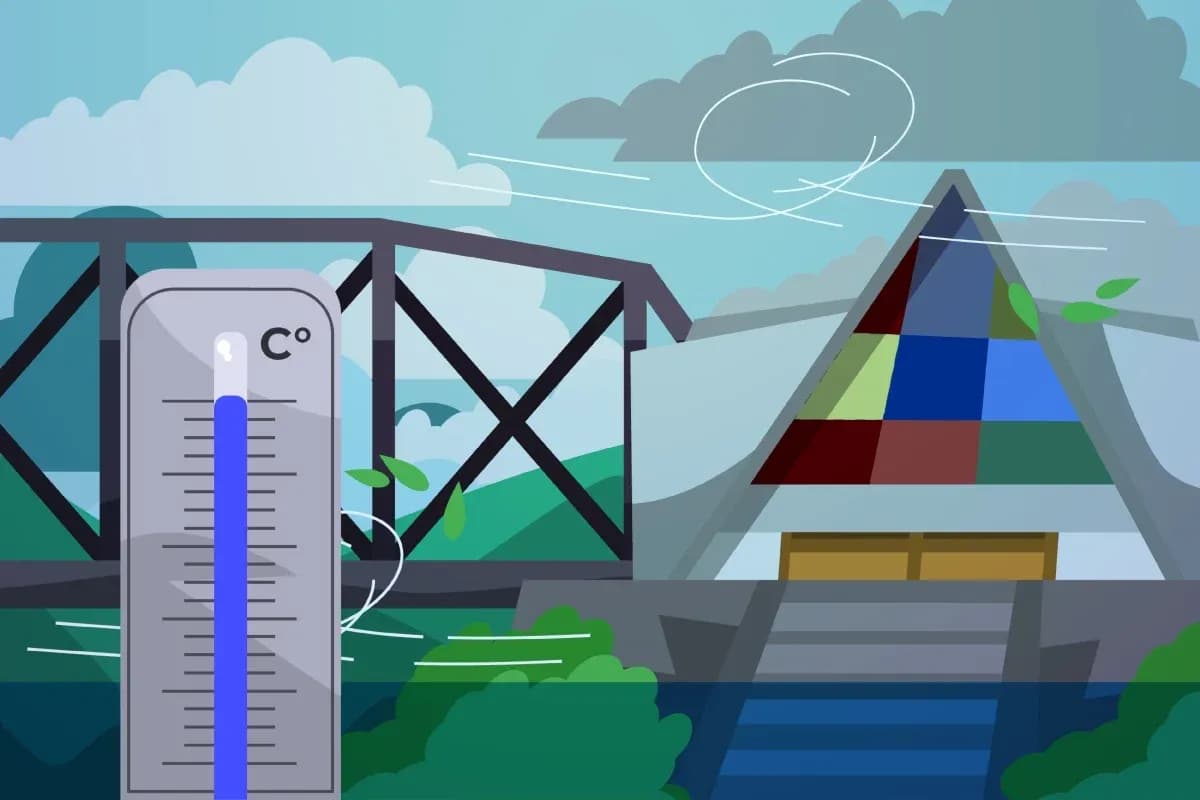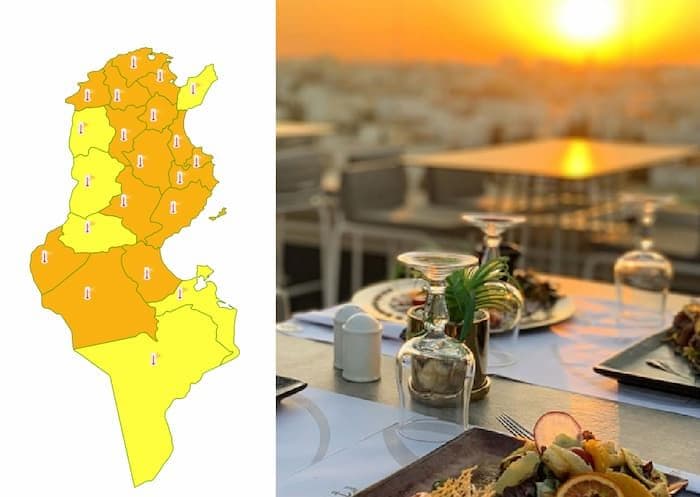Hermosillo's Unyielding Sun: Strategies for Thriving in the Desert Heat
Explore Hermosillo's extreme desert climate. Discover practical strategies, local insights, and future adaptations for thriving under Sonora's relentless sun. Stay cool!
The Searing Reality of Sonora's Capital
, the vibrant capital of , offers a unique experience, especially when the sun takes center stage. Forget your typical summer day; here, the heat isn't just noticeable—it's an all-encompassing force. Imagine stepping outside to a minimum temperature of 31°C, a figure many places consider a scorching peak. As the day progresses, the mercury relentlessly climbs, often hitting a staggering 46°C. But the real kicker? The "feels like" temperature can soar even higher, reaching an intense 47°C, transforming the air into a tangible, heated embrace. With clear, unblemished skies stretching overhead and a zero percent chance of rain, the sun's relentless glare is a constant companion. Even with moderate winds, gusts up to 32 km/h offer little respite from this formidable heat. This isn't just a forecast; it's the daily reality that shapes every aspect of life in this resilient desert city. The moderate air quality adds another layer to this challenging environment, underscoring the deep connection between the climate and its impact on residents.
Decoding the Daily Desert Thermometer
Understanding 's climate goes beyond glancing at a single number; it requires decoding the symphony of meteorological data that dictates daily existence. The stark contrast between a "cool" morning low of 31°C and an afternoon peak of 46°C isn't merely a fluctuation; it's a testament to the desert's extreme thermal dynamics. What truly resonates with residents, however, is the "sensación térmica" – the felt temperature, which can push past 47°C. This sensation, often more impactful than the actual reading, highlights how the dry heat, combined with direct sun, creates an intensely pervasive warmth. 's consistent 0% rain probability and 40% humidity further paint a picture of an arid landscape, where moisture offers no cooling relief. Gentle winds, averaging 11 km/h with occasional gusts, circulate the hot air rather than providing a significant breeze. Looking ahead, even tomorrow promises more of the same: clear skies and mild winds. This consistent, unyielding meteorological pattern isn't just a forecast; it's the fundamental condition that residents must continually navigate.
Mastering Daily Life Under the Relentless Sun
Living comfortably under 's relentless sun isn't about mere endurance; it's an art form perfected through daily strategies and an acute awareness of the environment. Residents know that conquering the heat begins with smart preparation. One of the most critical adjustments is timing: many errands and outdoor activities are meticulously scheduled for the cooler, early morning hours to avoid the peak afternoon inferno. Hydration becomes a non-negotiable ritual; carrying water isn't just a recommendation but a survival essential, with public transport users often checking schedules to minimize sun exposure during waits. Wardrobe choices are equally deliberate: light, breathable fabrics like cotton or linen, often in pale colors, are the uniform of choice, designed to reflect sunlight and allow the body to breathe. Hats, caps, and sunglasses are indispensable shields against the direct glare, and even open footwear like sandals helps keep cool. While a light jacket might seem counterintuitive, it's a practical addition for the slightly less intense mornings or evenings, illustrating a nuanced approach to dressing in this extreme climate.
Long-Term Living: Adaptation and Sustainability in Extreme Heat
The daily coping mechanisms in seamlessly blend into a broader, long-term strategy for resilient living within this fiery desert environment. It's not just about today's outfit or water bottle; it's about how the city and its people have fundamentally adapted to a climate where a 31°C minimum is the norm. Architectural choices reflect this deep understanding, with homes and buildings often designed to maximize shade and minimize heat absorption, and evolving from a luxury to a necessity, profoundly impacting energy consumption. Urban planning subtly prioritizes indoor spaces and shaded pathways, acknowledging the limited hours for comfortable outdoor activity. The ingrained habit of early morning commutes and the constant vigilance over hydration speak to a cultural shift, where life's rhythm is dictated by the sun's intensity. Furthermore, the consistent "moderate" air quality, while manageable, serves as a persistent reminder of environmental factors that require ongoing attention in such conditions. This collective, sustained adaptation showcases 's remarkable ability to not just survive, but to truly thrive, by integrating these environmental realities into the very fabric of its existence.
Related Articles

Hermosillo's Fiery Pulse: Navigating Life in Sonora's Sizzling Heart

Hermosillo's Fiery Pulse: Navigating Life in Sonora's Sizzling Heart

Culiacán's Dual Dominion: Mastering the Dance of Scorching Sun and Sudden Rains

Culiacán's Dual Dominion: Mastering the Dance of Scorching Sun and Sudden Rains

Navigating Culiacán's Dual Climate: From Blazing Sun to Torrential Rains

Navigating Culiacán's Dual Climate: From Blazing Sun to Torrential Rains

Beyond the Mercury: Cultivating Resilience in a Warmer World
